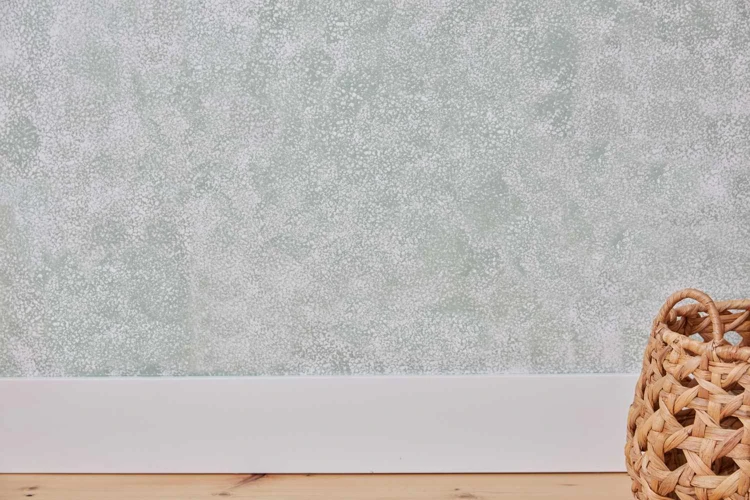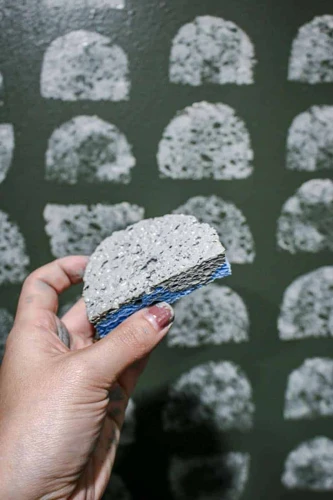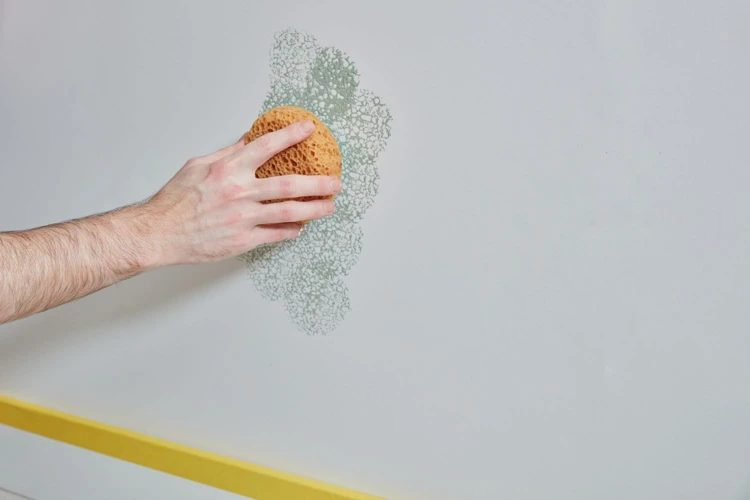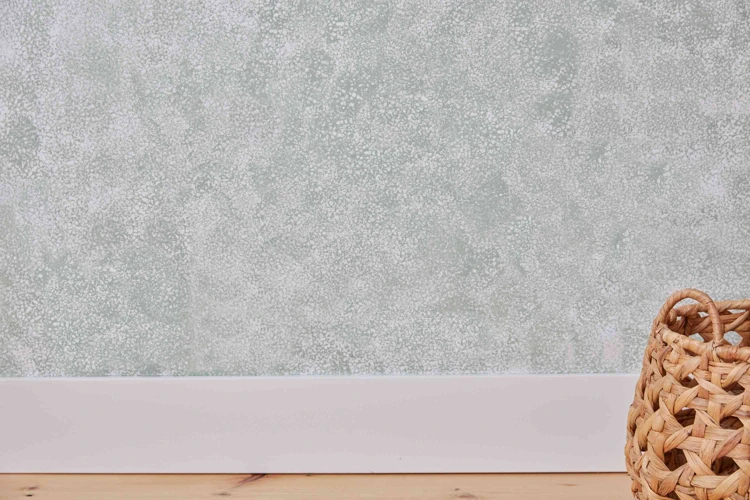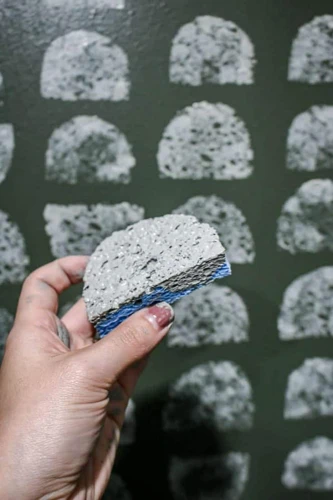Imbuing your living space with character and vibrancy can be achieved through the innovative art of texture sponge painting. This method involves dabbing a sponge onto a surface, creating a rich, textured look that adds depth and warmth to any room. It’s a simple yet effective way to infuse personality into your home’s aesthetics.
Understanding the Basics of Sponge Painting
To master texture sponge painting, one must first grasp its fundamental principles. The technique utilizes the irregular patterns of a sponge to produce a distinctive finish that can mimic natural materials or offer a bespoke, artisanal effect. It’s an accessible art form, allowing novices to achieve professional-looking results with minimal experience.
Essential Materials for Sponge Painting
Gathering the right supplies is crucial for a successful texture sponge painting project. You will need a variety of sponges, each offering different textures; quality acrylic or latex paint; glaze for dilution purposes; painter’s tape for clean edges; and protective gear such as gloves and drop cloths. Choosing high-quality materials will ensure a smoother process and a more durable finish.
Preparing to Sponge Paint Your Walls
Before diving into the world of texture sponge painting, preparing your workspace is a key step. This includes selecting the appropriate sponge and preparing the paint for your creative endeavor.
Choosing the Right Sponge for Texture Painting
The sponge is the cornerstone of this technique. Natural sea sponges often yield the best results due to their inherent textural variations. Synthetic options, however, can provide more uniform patterns and are generally more cost-effective. The choice of sponge will directly influence the final look, so consider the desired effect when making your selection.
Preparing Your Space and Paint Selection
- Clear the room: Move furniture away from the walls and cover anything that remains with drop cloths.
- Wall readiness: Ensure the wall is clean, smooth, and primed if necessary.
- Color choice: Opt for contrasting or complementary colors to layer with your base coat for a multidimensional effect.
- Glaze mixture: Mix your chosen paint with glaze following the manufacturer’s recommendations to achieve the right transparency.
Sponge Painting Techniques and Tips
With the stage set for artistic expression, it’s time to delve into the sponge painting techniques that will bring your walls to life. The following are some essential steps and tips to guide you through the process.
Step-by-Step Guide to Sponge Painting Walls
- Apply the base coat and let it dry completely.
- Dampen your sponge and wring it out well to avoid drips.
- Dip the sponge lightly into the paint mixture, tapping off any excess.
- Using a light touch, dab the sponge onto the wall, rotating it slightly each time to vary the pattern.
- Continue the process, working in sections and standing back occasionally to check the overall effect.
- Allow the paint to dry, and if desired, add additional layers with different colors.
Innovative Sponge Paint Design Ideas
Texture sponge painting opens up a world of creative possibilities. Consider using multiple sponges to layer different patterns, or employ stencils for more structured designs. Experimenting with color gradients can also lead to stunning, dynamic walls that captivate and inspire.
DIY Texture Painting Tricks for Creative Results
For truly unique outcomes, try manipulating the sponge’s shape by cutting or tearing it to fit specific designs. Mixing paint colors directly on the sponge can yield exciting, unexpected results, and varying the pressure applied during dabbing can create subtle shifts in texture.
Wall Texture Ideas: Bringing Your Walls to Life
Wall texture ideas can transform a flat, lifeless surface into a tactile landscape. Here, we explore how to imbue your walls with energy and motion.
Combining Colors and Layers for Dynamic Textures
The interplay of colors and layers is fundamental to texture sponge painting. By applying multiple hues in succession, you can fabricate depth and complexity. Start with a lighter shade and gradually introduce darker tones, or vice versa, to build a rich tapestry on your walls.
Sponge Painting Examples for Every Room
Each room can benefit from a tailored approach to sponge painting. A calming palette with soft sponging can be ideal for bedrooms, while a more vibrant, textured approach might enliven a living area or kitchen. Bathrooms can also take on a new life with techniques that mimic stone or water.
Texture Painting Inspiration for Your Home
Deriving texture painting inspiration for your home is as much about personal taste as it is about design trends. Let’s look at how to spark creativity for your next project.
Interior Sponge Painting: Trends and Styles
Interior sponge painting is consistently evolving, with current trends favoring organic, nature-inspired textures. Geometric patterns are also popular, offering a modern twist on a classic technique. Pay attention to design magazines and social media for the latest styles to inform your own projects.
Easy Sponge Painting Ideas for Quick Transformations
For a swift and simple refresh, easy sponge painting ideas can be your go-to. Using a single color over a pre-existing base coat can quickly change a room’s feel, or adding just a touch of sponging as an accent can make a significant impact without overwhelming the space.
Advanced Sponge Painting Techniques
For those ready to push their skills further, advanced sponge painting techniques await. These methods can add sophistication and flair to any interior project.
Creating Faux Finishes with Sponges
Sponges are excellent tools for mimicking the appearance of stone, marble, or even wood. By carefully layering colors and employing specific sponge movements, one can create illusions of texture that are both convincing and aesthetically pleasing.
Adding Depth and Dimension to Your Walls
Depth and dimension emerge from the strategic use of shadows and highlights. Use a darker shade in recessed areas and a lighter one on raised textures to give the impression of a three-dimensional surface. This technique can turn a flat wall into a visual journey.
Commonly Asked Questions About Sponge Painting
As with any decorative endeavor, certain questions arise regarding best practices and how to overcome common challenges.
Best Practices for Sponge Painting Furniture
When sponge painting furniture, the same principles apply as with walls. However, it’s crucial to use a primer suitable for the material, whether wood, metal, or plastic, to ensure adhesion. Work in thin layers to avoid clumping and give each layer ample time to dry.
Solving Sponge Painting Challenges and Issues
Common challenges include uneven texture and over-saturation of paint. To avoid these, ensure your sponge isn’t too wet and resist the urge to press too hard against the surface. If an area becomes too dark, sponge over it with the base color to soften the effect.
Conclusion: Transforming Spaces with Creative Sponge Painting
Creative sponge painting has the power to transform your spaces into works of art. This technique can revitalize a room, creating an atmosphere that is both unique and inviting.
Recap of Sponge Painting Benefits and Considerations
Texture sponge painting is cost-effective, versatile, and relatively simple to execute, making it a popular choice for DIY enthusiasts. It’s important to remember to work patiently, building up layers and textures gradually for the best results.
Are you looking to add some texture and character to your furniture? Sponge painting is a fantastic way to achieve that unique, handcrafted look. We have several resources that can help you get started. For an in-depth guide on this technique, check out our article on sponge painting tips. If you’re specifically interested in using this method on furniture, our guide to sponge painting furniture: tips & tricks is full of valuable information. And for those of you who are curious about combining sponge painting with other types of paint, our creative chalk paint furniture ideas might just spark your inspiration. Happy painting!
Next Steps to Explore in Texture Sponge Painting
With the basics under your belt, the world of texture sponge painting is yours to explore. Experiment with different sponges, colors, and techniques to discover new effects. Each project is an opportunity to learn and grow as an artist, bringing your vision to life one dab at a time.

